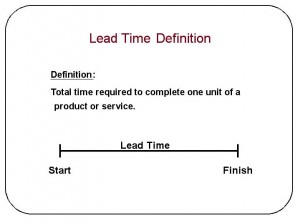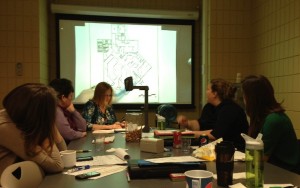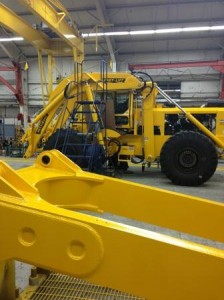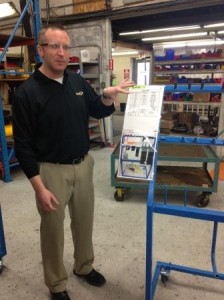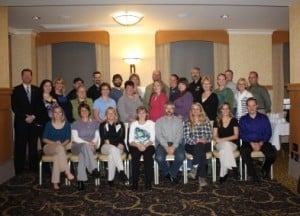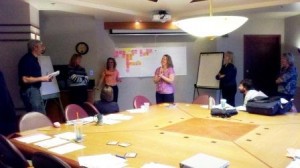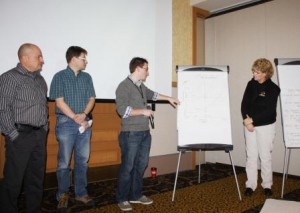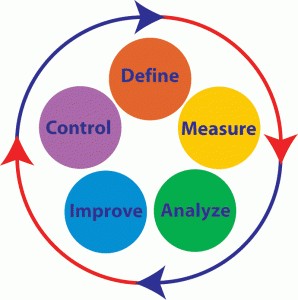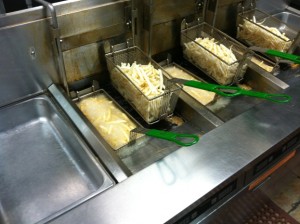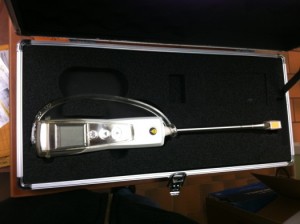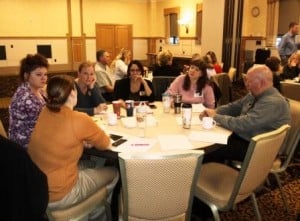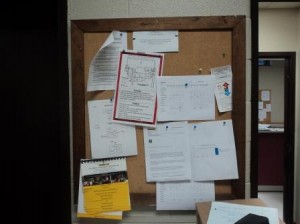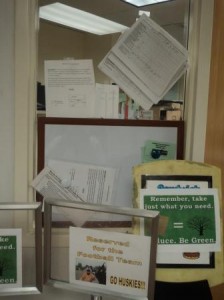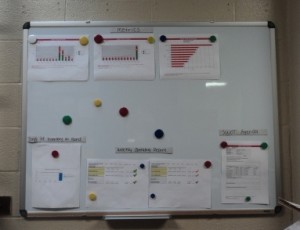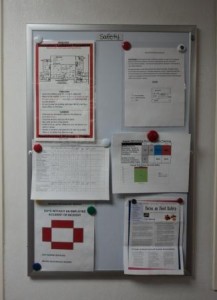A few Michigan Tech Lean Implementation Leaders/Facilitators will be traveling in the upcoming months for various Lean trainings. Stay tuned for updates regarding their training experiences:
Heidi Reid – “Toyota Kata” at University of Michigan
Wendy Jones – “Developing People with Capability for Lean” and “Coaching Skills for Lean Implementation Leaders” from Lean Enterprise Institute
Wendy Davis – “Lean Office Certificate” University of Wisconsin-Milwaukee
Training for these staff is supported by a grant from the Federal Mediation and Conciliation Service.
